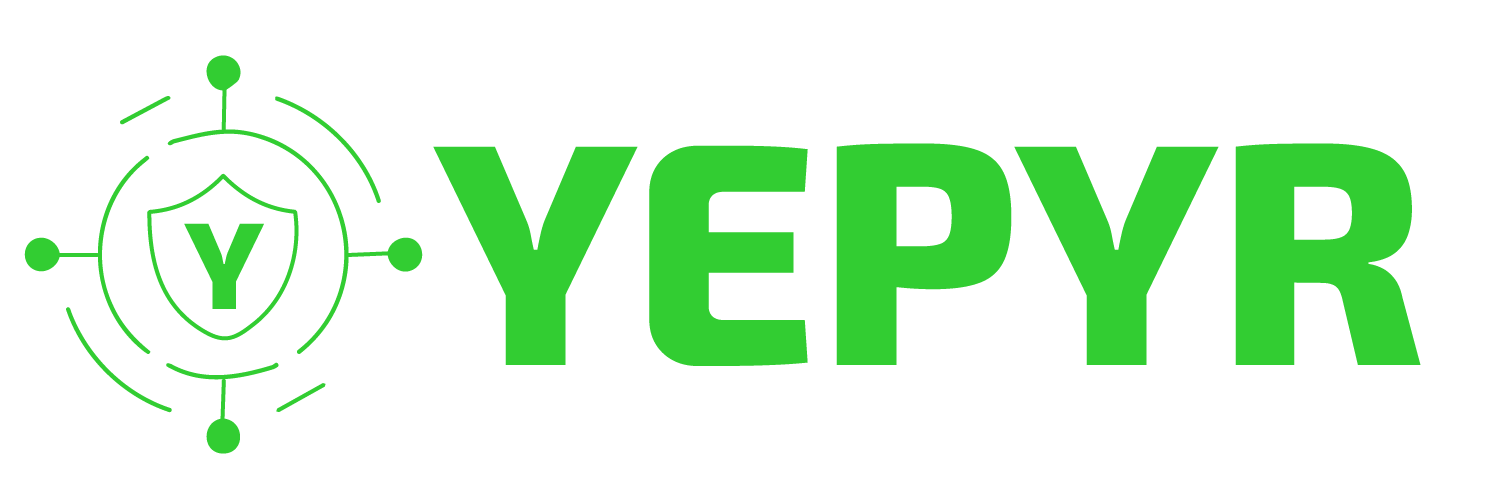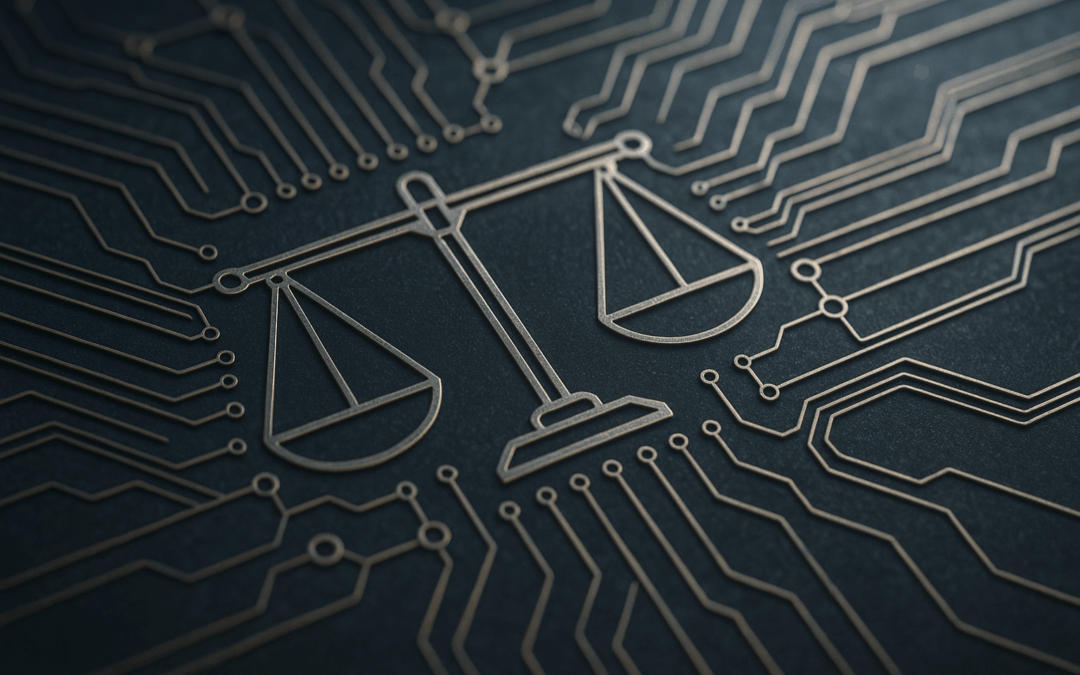Originally posted on LinkedIn as an article by the same author.
Why AI-Blockchain convergence matters
Artificial intelligence and blockchain are often discussed as separate innovations. One learns, predicts, and adapts; the other records, verifies, and preserves. Increasingly, however, these systems interact, from automated compliance checks to smart-contract-driven analytics.
That convergence opens new possibilities for accountability and automation but also exposes a more profound question: how can two technologies that value data immutability and autonomous decision-making remain compliant within Europe’s legal and ethical frameworks?
Transparency vs. explainability: the legal tension
The EU AI Act demands that algorithmic decisions be explainable and subject to human oversight. GDPR adds the right to erasure and data minimisation. Blockchain, meanwhile, is built on immutability — every transaction or model output is permanently recorded on-chain.
Transparency in blockchain is structural; explainability in AI is interpretive. Combining the two can therefore amplify both the visibility and the opacity of a system.
The more data we expose, the harder it may become to explain why the machine acted as it did.
Compliance risks and practical mitigation
The main risks fall into three categories:
- Data protection: training or anchoring AI models on personal data recorded on-chain challenges erasure rights.
- Algorithmic accountability: automated smart contracts can execute decisions without meaningful human intervention.
- Cross-regulatory exposure: activity that meets financial-service definitions may trigger additional AML or MiCAR obligations.
Mitigation requires restraint as much as innovation: store only what must be permanent, separate analytical layers from transactional ones, and document decision logic before automating it. Compliance by design is still possible, but it starts with architectural boundaries.
Governance and auditability in hybrid systems
When AI and blockchain intersect, governance cannot rely solely on technical controls.
Clear role definitions, change-management procedures, and independent audit trails are essential. Off-chain registries of model versions, access logs, and risk assessments provide the contextual layer that blockchain itself lacks. Auditability becomes a sociotechnical practice: code shows what happened, governance explains why.
Human oversight as the anchor of trust
European regulation consistently returns to one principle: the human must remain in control.
Whether reviewing an automated alert, validating a risk score, or approving an enforcement action, human oversight gives legal weight and moral legitimacy to data-driven systems. Technology may accelerate decisions, but responsibility does not scale automatically with processing power.
Building confidence through forensic clarity
AI-Blockchain convergence will keep expanding, especially in compliance, investigation, and finance. The challenge is not to slow innovation but to embed accountability within it.
Explainability and transparency are not opposites; together they define understandable evidence. If we design for that standard — data we can trust and algorithms we can justify — confidence in both technologies will follow.

